Our services
Little people are always busy and on the move. Their activity levels mean their feet take three times more stress daily than an adult.
Children’s feet continue to grow until the age of 20. That’s 7,300 days of foot evolution from baby to developed adult. Make sure your kids are hitting their developmental milestones along the way with regular check-ups.
Children's Routine Podiatry
A general children’s chiropody check-up consists of an assessment of your child’s feet, followed by advice and treatment.
A highly important part of the maintenance of healthy feet and lower limb area, this routine podiatry appointment can help to spot any potential problems. Like a routine check-up with your dentist, but for your child’s feet, our paediatric podiatrists are specialists in foot, ankle and lower limb problems, and can help your child to stay active and pain-free.
Lower Limb Assessment & Injury Clinic
Our specialist paediatric Podiatrists (Podopeadiatricians) perform Children’s Foot Health checks to assess if developmental milestones are being met. We use a series of tests and exercises to determine if and where your child needs support.
#TakeSteps towards healthy and active feet for your family
Life is a journey, so let us help you to look after you family’s feet along the way.


